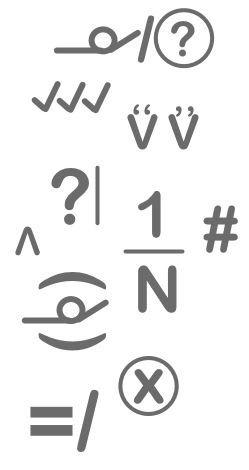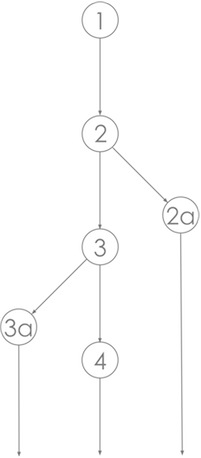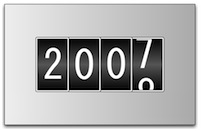 IPhone and iPod Touch apps for creating and editing business documents have surged to the top ranks of the App Store’s popularity charts. This is good news for freelance writers who work in the field and who like to travel light.
IPhone and iPod Touch apps for creating and editing business documents have surged to the top ranks of the App Store’s popularity charts. This is good news for freelance writers who work in the field and who like to travel light.
Over the course of the next few entries I’ll be reporting on my field tests of some of my favorite apps. These won’t be full-blown reviews, but rather brief and complementary summaries of the highlights (and lowlights) of each app that revealed themselves while I put them through their paces.
First up is the long-anticipated DataViz Documents to Go for the iPhone app.
Continue reading “field report: documents to go for iphone (updated for 1.1)”

 On an automobile assembly line, you wouldn’t wait until after you’ve installed all the interior paneling and trim to put in the side windows. When it comes to editing your reports, white papers, instruction manuals, and other important documents, are you doing the equivalent?
On an automobile assembly line, you wouldn’t wait until after you’ve installed all the interior paneling and trim to put in the side windows. When it comes to editing your reports, white papers, instruction manuals, and other important documents, are you doing the equivalent? This morning I received an e-mail with the subject line “Job on Computer in July,” from an unfamiliar name. I’m used to receiving cold-call e-mails from prospective clients, so I opened it up and took a look:
This morning I received an e-mail with the subject line “Job on Computer in July,” from an unfamiliar name. I’m used to receiving cold-call e-mails from prospective clients, so I opened it up and took a look: In the course of designing and testing
In the course of designing and testing  New Year’s Day is the traditional time for resolutions to take effect. Have you made writing and editorial resolutions for your business yet?
New Year’s Day is the traditional time for resolutions to take effect. Have you made writing and editorial resolutions for your business yet? Journalist Xeni Jardin recently discussed the perils of storing and deleting government e-mail on her weekly NPR spot,
Journalist Xeni Jardin recently discussed the perils of storing and deleting government e-mail on her weekly NPR spot,  This afternoon I e-mailed a client, the editor of a bimonthly national magazine, with an update on an article I’m writing for her. She promptly wrote back to thank me, and also to let me that she’s been receiving many compliments on another article that I wrote that is about to go to press. “I SO appreciate your valuable contribution to [the magazine],” she wrote. “And I haven’t forgotten that you would like to do more.”
This afternoon I e-mailed a client, the editor of a bimonthly national magazine, with an update on an article I’m writing for her. She promptly wrote back to thank me, and also to let me that she’s been receiving many compliments on another article that I wrote that is about to go to press. “I SO appreciate your valuable contribution to [the magazine],” she wrote. “And I haven’t forgotten that you would like to do more.” You know the drill. The meeting is in the small conference room at the far end of some cheap airport hotel. Inside, there’s nothing to sustain you until lunch but tepid coffee and stale cheese danish dusted with spilled non-dairy creamer. Yet, for some reason, instead of bonding over a shared fate, the participants quickly divide into two camps — the experts and the interlopers.
You know the drill. The meeting is in the small conference room at the far end of some cheap airport hotel. Inside, there’s nothing to sustain you until lunch but tepid coffee and stale cheese danish dusted with spilled non-dairy creamer. Yet, for some reason, instead of bonding over a shared fate, the participants quickly divide into two camps — the experts and the interlopers. Over on The Copywriter Underground (which should be part of every freelance writer’s complete nutritious breakfast), Tom Chandler
Over on The Copywriter Underground (which should be part of every freelance writer’s complete nutritious breakfast), Tom Chandler